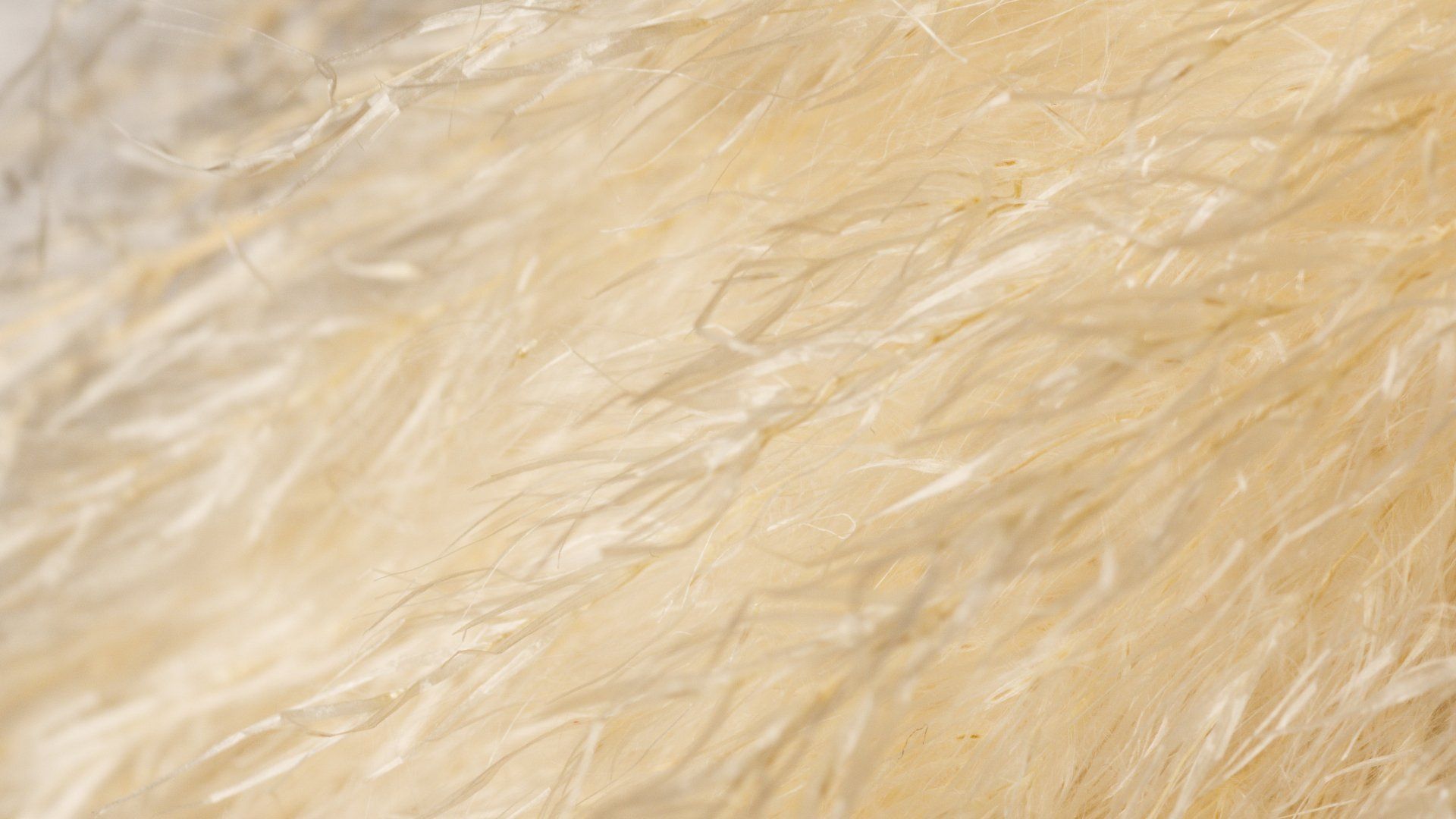Things You Need to Know About Insulation
Things You Need to Know About Insulation
It is well-known that insulation is essential to have an energy efficient and comfortable home. Consider the following tips and keep in mind when considering the addition of insulation to your home.
Avoid Paper-Faced Insulation If Possible
Don't purchase insulation with a paper face for normal wall insulation. The paper face makes cutting batts a challenge. It's also hard to construct an enveloping vapor retarder using batts with paper facing.
Missing Insulation Feeds Mold
Warm air is drawn to places with spaces from the insulation, and when it comes into contact with cooler surfaces while flowing from or through the home, it condenses and can then be fed by mold. The spots are usually found on exterior walls, near windows or floors, at corners, or around outlets and light fixtures. If the mold goes away after cleaning and lowering the humidity in the home with a humidifier or vent fans, be sure to keep an eye on it. If it comes back, remove the wall and address the issue.
Add Attic Insulation
You can put yourself through access to your attic and take a look at the amount of insulation there is. If the insulation you have is below or equal to the minimum level, adding more can lower your heating costs. If you're looking to add more, you can go by using loose-fill insulation instead of fiberglass batts, even if your home already has fiberglass. Loose fill typically consists of fiberglass or cellulose and can be used to protect joists from crevices. Pros charge about 70 per sq. feet to blow in 7 or 8 inches of insulation. You can hire the blower ($55 per day) and then do the work yourself for less than half the cost; however, it's messy, and you need to be cautious about your steps so that you don't damage the drywall "floor" within the attic.
Don't Spin the Bit In Insulation
One of the best tips for fishing wires into wall insulation is "avoid it if you can." The risk is always there to cause damage to the vapor barrier or even bunch up insulation, creating cold spots on the wall. If you're required to thread wires through walls that are not in use, the best advice is to keep from spinning the flex tool until it is in solid contact with the wall you want to drill through. If you drill too soon, you'll end up with an immense cone of insulation cotton and make retrieving your drill difficult or even impossible.
Itch Remover
A lint roller that is sticky removes the dreadful insulation fibers from your clothes and skin, as well as reduces itching in the future.
Insulate Pipes
Dripping condensation from cold pipes may cause basement water issues. Cover pipes that are cold with pipe insulation made of foam to prevent condensation. The foam insulation is affordable and is easy to cut using scissors.
Insulate Walls
Insulate exterior walls with insulation to stop condensation. In cold climates, insulation in the basement can help save energy and reduce your heating bills. However, don't cover the walls with insulation when water is flowing in from outside. It could cause an opportunity for mold.










